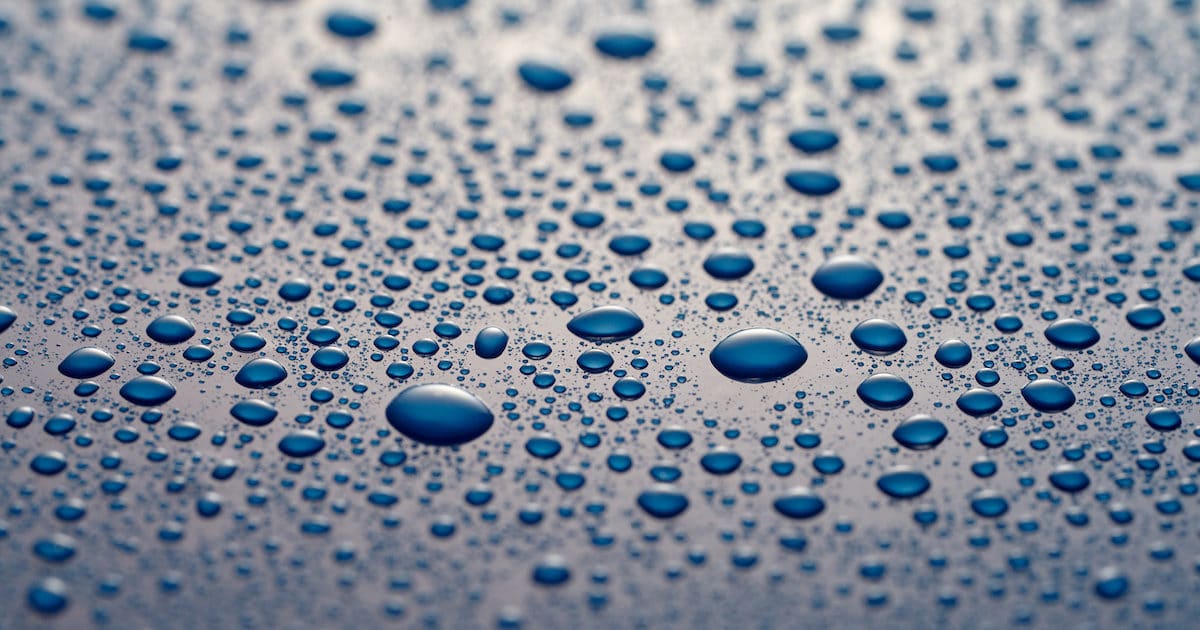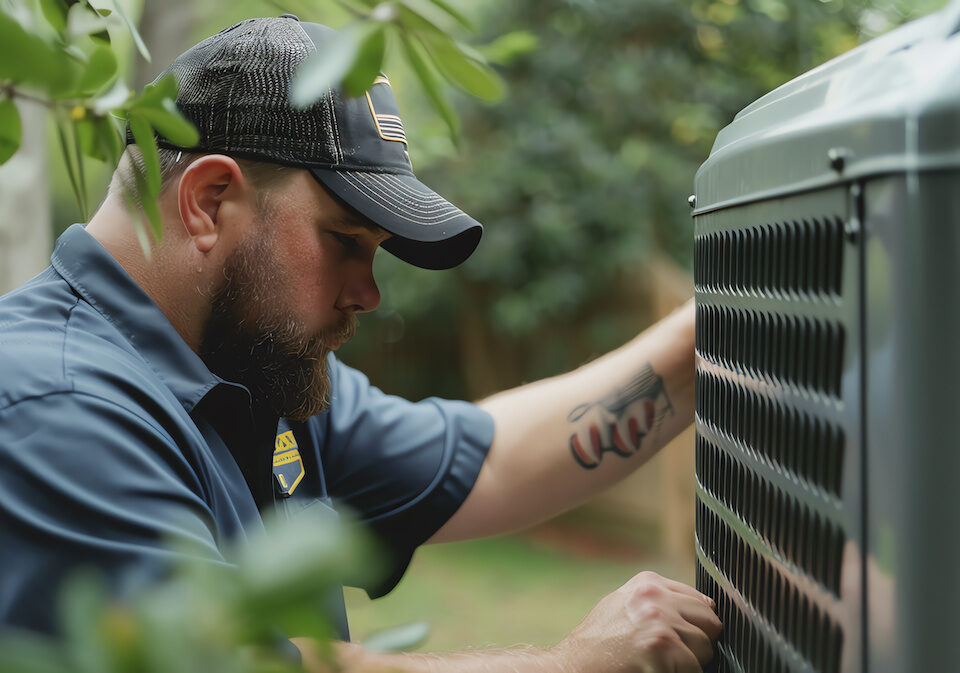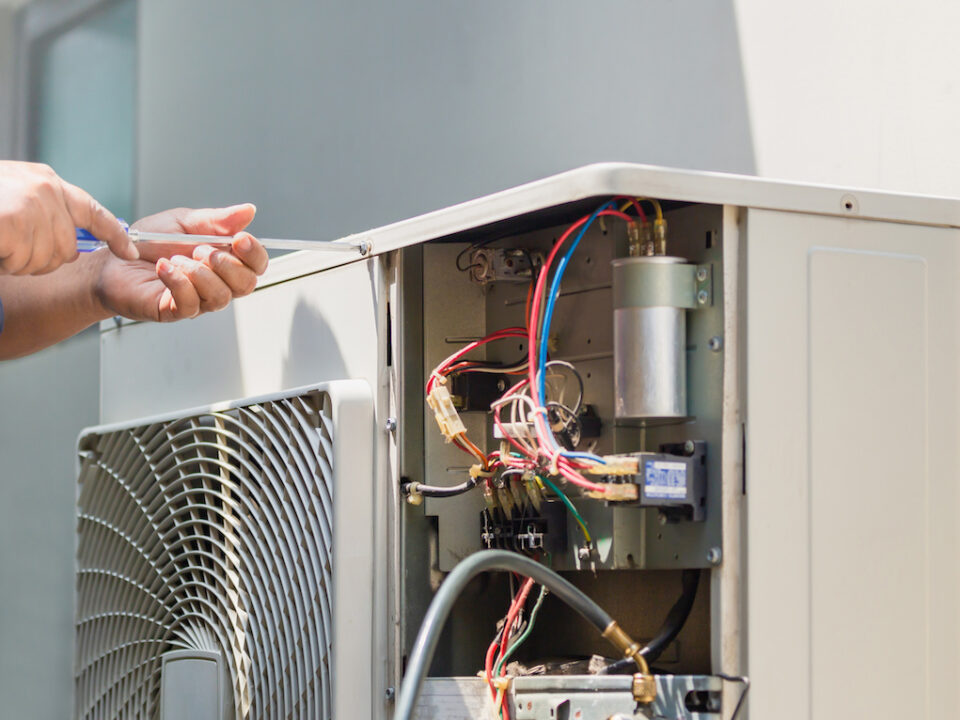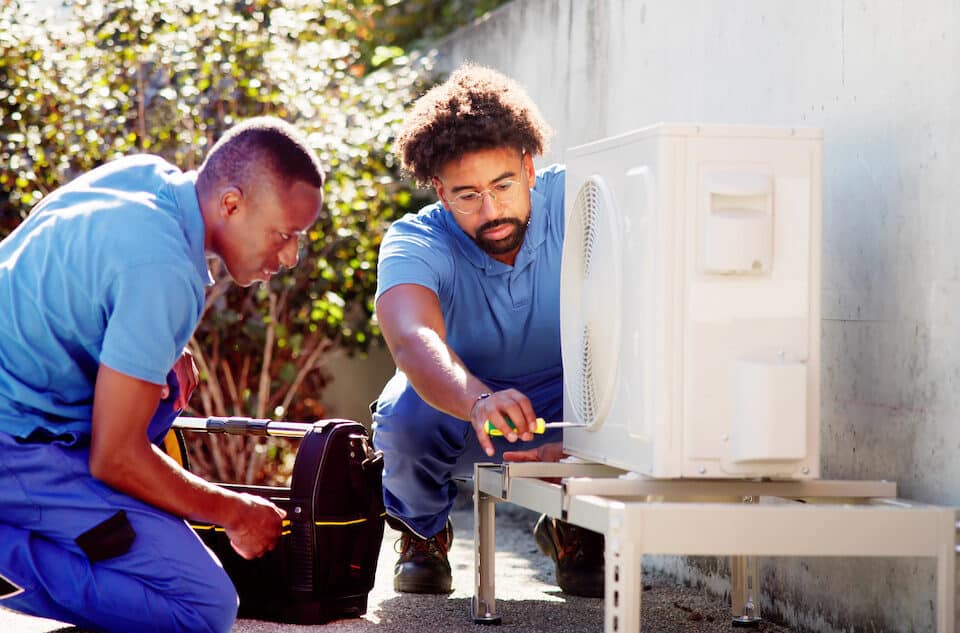Why Does My Air Handler Keep Filling Up With Water?

Air handlers work together with your overall HVAC system, but they are not the complete air conditioning system alone. An air handler houses the equipment necessary to move air through your home or business. In most cases, it is located inside and operates both the heating and cooling systems. Air handlers can be mistaken as the furnace. Air handlers work with both a heat pump and air conditioner which includes the indoor coil. Depending on your system’s setting, it can be used for both heating and cooling.
A handler’s main job is to circulate the air throughout your home. It keeps the air cold and blowing. The indoor air handler unit is comprised of an air filter, coil, and blower. The handler pulls air in, passes it over the coils (to cool or heat), and then blows it back out into the home through the duct system. Air handlers work well in slightly cooler climates too because they contain both heating and cooling elements.
An air handler circulates and regulates indoor air as part of a heating, ventilating and air conditioning system. It is tasked with circulating conditioned air throughout your home. Air handlers assist in making your system more energy-efficient and provide higher quality air. Then, your outdoor unit doesn’t have to work as hard.
Why Does My Air Handler Keep Filling Up With Water?
If there is a water buildup in your air handler drip pan, you’ll want to inspect the clogged condensate line. However, the simplest answer may not always be the only answer. There are other components that should also be checked to make sure your air conditioning unit is working at the optimum level.
Cooling Your Air
The Freon takes the heat that it collects at the evaporator and is pumped outside to the condensing unit where the fan blows off the heat, and cooler gas is pumped back into the house. The air handler works inside the house along with the blower fan that circulates the air. Usually, the air handler (also called an evaporator) and the blower are in a unit together and will have the filter close by. If your system is not working correctly, have an HVAC company check out your Freon and cooling system.
Condensation
An example of condensation is a glass on a drink coaster that collects water from your drink. With your HVAC, the drip pan gathers water from the evaporator, and it flows out through the condensate line that usually leads outside the house.
When the warm air inside meets with the cool evaporator, moisture is left on the evaporator. When enough moisture is present, it will drip into a pan.
Clogging
There can be numerous reasons why the condensate line will clog, and then the drip pan will fill with water.
- The evaporator is filled with debris such as dirt, dust, and hair
- The evaporator does not operate properly, and the humidity level is higher in your home and the air handler
- Algae is growing in the drip pan, and the condensate line is clogged
- Dirt, dust, and hair are clogging the condensate line directly
- In cold weather when the air conditioning units are turned off, the slime or algae can grow
- Pests can clog the condensate line from the outside.
Prevention
Several things can be done for preventing a problem with your HVAC system:
- Regular maintenance
- Change the air filter once a month
- Kill any algae in the condensate line
- Have a professional air conditioning company review and clean the system regularly
Unclogging the Line
Here are some suggestions to unclog the condensate line:
- Remove the clog using a wet-dry shop vacuum
- Remove the condensate line and run water through it
- If you cannot remove the clog, call a HVAC professional
If you need help understanding the different systems or which one would work best with your HVAC, give us a call at 678-926-9676?
Contact Us
Contact the pros at TRUST Heating & Air to discuss savings tips and free estimates. We have 24/7 Emergency Services. Just call us at 678-926-9676 to come out and resolve the problem.



